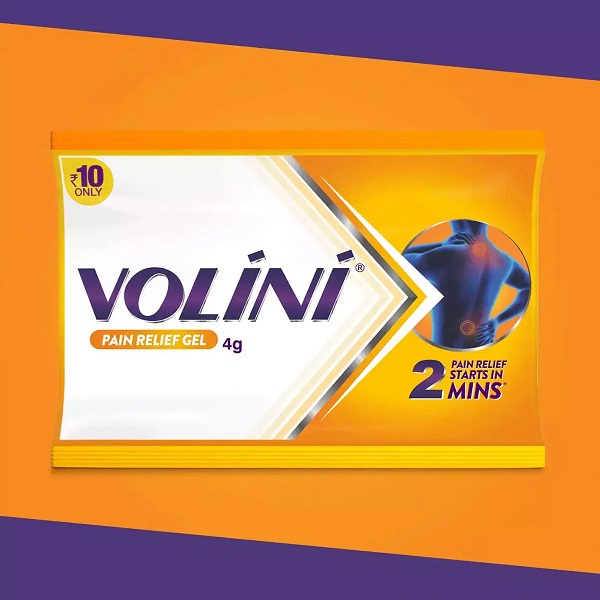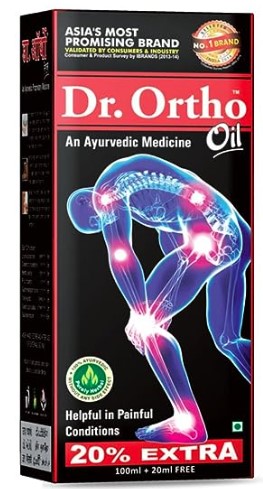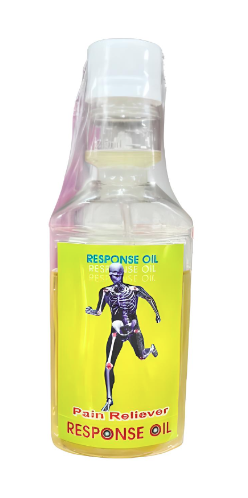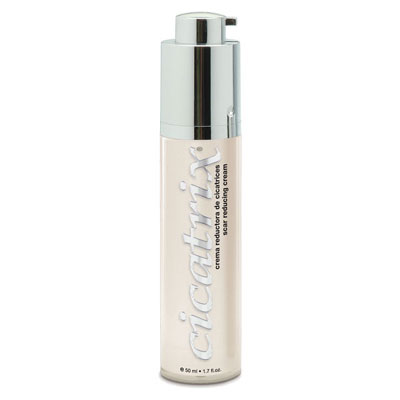Sumo Spray 55gm
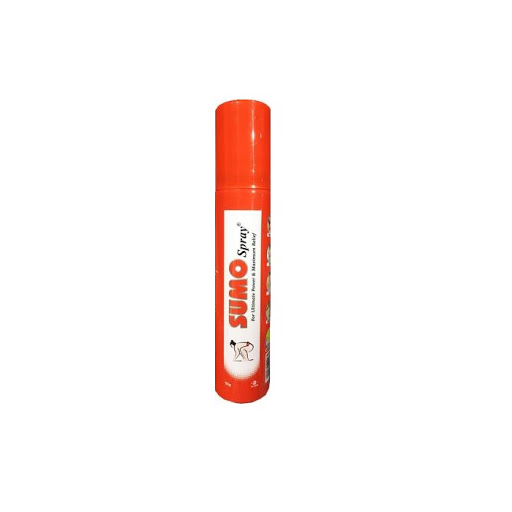
Sumo spray
Uses and Benefits
Sumo spray is a non steroidal anti-inflammatory drug (NSAID) used as a topical application to temporarily relieve from sprains, strains, arthritis, bruising, or backaches. However, the uses mentioned here are not exhaustive. There may be other conditions for which this medication may be used upon a doctor’s discretion.
Composition
The active ingredients of Sumo spray are Capsaicin 0.075% w/w, Methyl Salicylate 20% w/w, Menthol 10% w/w, Camphor 5% w/w, Eucalyptus oil 5% w/w, Diclofenac 1% w/w.
Mechanism of Action of Drugs
Capsaicin works by withholding a chemical P which helps in transmitting the pain signals from sensory nerve fibers to the brain.
Methyl Salicylate works by giving a temporary analgesic effect.
Menthol provides a cooling effect on the skin, post-application.
Camphor acts as a counter-irritant which relives deep-seated pains by targeting the nerve endings that shows symptoms such as pain, itching and also active against infections caused by fungi.
Eucalyptus helps to relieve pain and inflammation and also fights again bacteria and fungi
Diclofenac acts by inhibiting both leukocyte migration and the enzyme cyclooxygenase (cox-1 and cox-2) leading to the peripheral inhibition of prostaglandin synthesis. Prostaglandins are compounds which basically activate pain receptors. Thus, when Diclofenac inhibits the synthesis of prostaglandins, the analgesic effect of Diclofenac gets produced.
Contraindications and Caution
Patients with the following conditions are suggested to seek advice from their health care professionals before taking the spray:
- Hypersensitivity to any of the excipients used in the spray such as Capsaicin, Methyl salicylate, Menthol, Camphor, Eucalyptus, and Diclofenac.
- Renal impairment
- Hepatic impairment
- Asthma
- Fluid retention
- GI bleeding
- Caution:
- Broken skin or damaged skin
- Open wounds
Side and Adverse Effects
The following side effects may or may not occur during the usage of this tablet. It is generally well tolerated when taken in the prescribed dosage guidelines. More common ones are generally mild and may include:
- Nausea
- Vomiting
- Diarrhea
- Constipation
- Rash
- Drowsiness
Rare but more serious adverse effects may include:
- Irritability
- Blurred vision
- Anemia
- Exfoliative dermatitis
- Stevens-johnson syndrome
How to Use
Clean and dry the area to be treated then apply the spray on the affected area.
Contact with the eyes may cause a burning sensation. To avoid the same, wash your hands thoroughly after usage.
Apply as directed by your physician or whenever required/ if necessary (SOS).
Overdosage
Avoid using more than the prescribed dosage. In case of an accidental overdose, seek prompt medical advice. Depending on the dosage, symptoms may vary but you may experience any one or more of the following signs or symptoms:
- Lethargy
- Drowsiness
- Nausea
- Vomiting
Warnings and Precautions
Use the spray only on the advice of a medical practitioner. Dosage adjustment or complete avoidance of the medication may be required in the following conditions:
Pregnancy:
Capsaicin: May be used during pregnancy. Human data is not available but fetal harm is not expected based on minimal systemic absorption.
Methyl salicylate/Menthol: May be used during pregnancy. Human data is not available but still fetal harm is not expected based on minimal systemic absorption.
Diclofenac: Caution advised during pregnancy – do not use the spray until unless suggested by a doctor. There are possible chances of risk to fetus based on limited human data.


